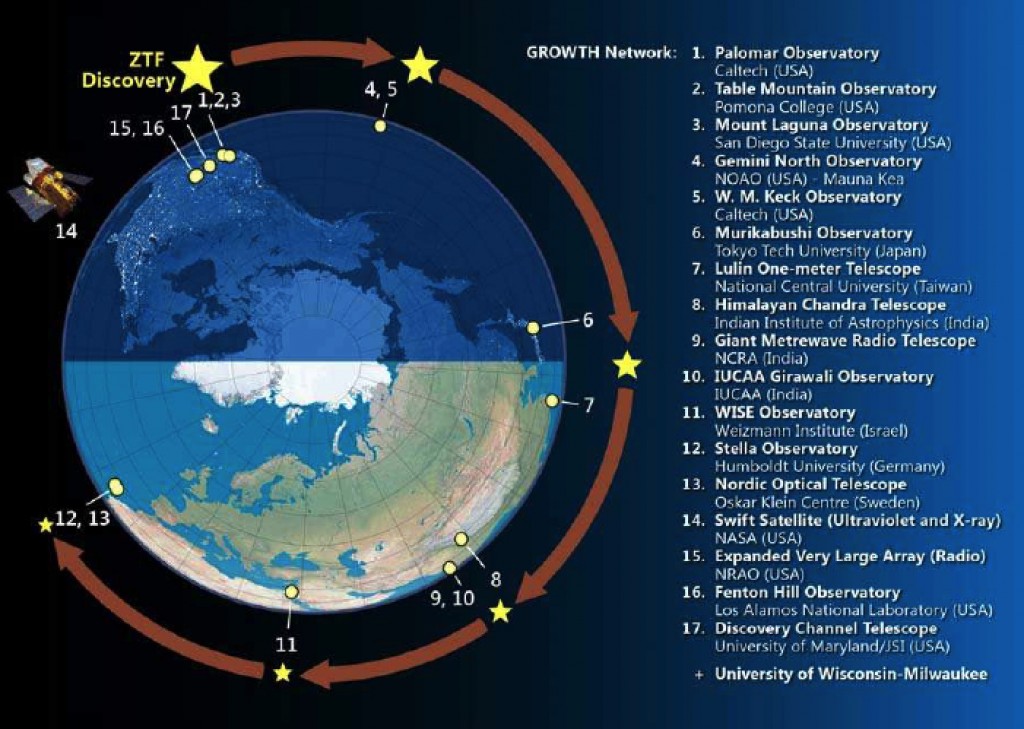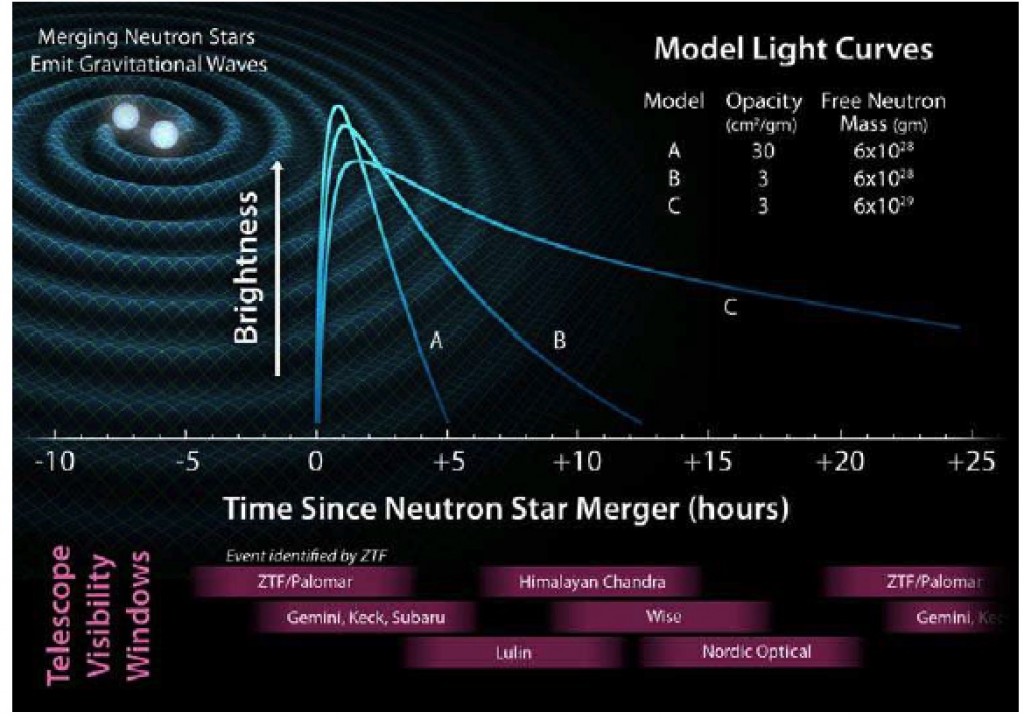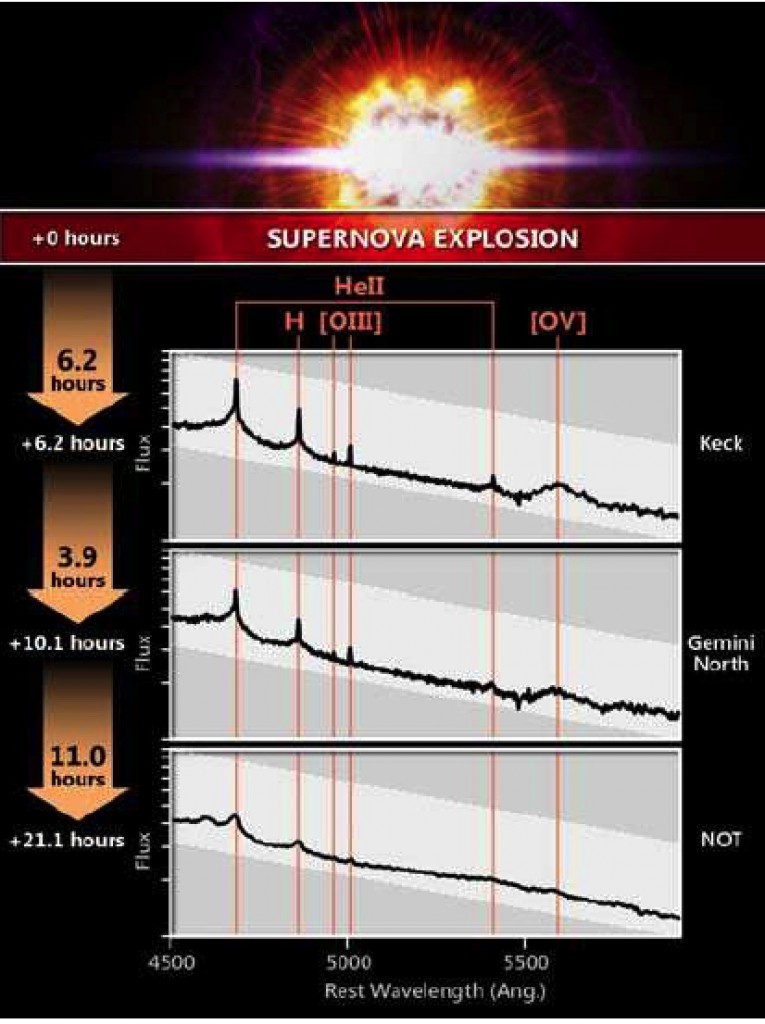The Global Relay of Telescopes Watching Things Happen (GROWTH) is an NSF-funded project to create a global network for astronomy research and education and was awarded $ 4.5 million in September 2015. The PI of the project is Mansi Kasliwal of Caltech, which includes the entire set of partner institutions from the ZTF project, which spans 8 countries in four continents. The project will include international undergraduate fellowships, postdoctoral fellowships, and a global undergraduate observational astronomy course linking institutions across the globe. My role was to develop some of these educational programs, such as the observational astronomy course, develop new international research internships for undergraduates, and build a network of astronomy educators that can share resources for teaching astronomy and astrophysics, especially as it relates to the ZTF theme of time-domain astronomy. During 2016, I organized a meeting for the GROWTH education team at Caltech, and have summarized the work from that meeting on this site:
http://bryanpenprase.org/growth-education-initiative/
By 2018, I had moved over to an administrative role at Soka University of America and had less time to manage the GROWTH education work. However, the team continued to offer some amazing workshops. Particularly notable was the workshop from 2018 at IIT Bombay, which featured a wide array of lectures on astronomical data analysis, including optical and x-ray image processing, optical photometry, and many other topics. The resources from this school are online at this site:
https://www.growth.caltech.edu/growth-astro-school-2018-resources.html

Additional information about the GROWTH program can be found at the Caltech GROWTH web site at http://growth.caltech.edu/.
The Summer Undergraduate GROWTH internships provide funding for students from our partner institutions to conduct astrophysics research outside of the US at one of our GROWTH partners – which includes research sites in Taiwan, India, Israel, Japan, Germany and Sweden. These opportunities are described in more detail at this site: http://growth.caltech.edu/internships.html#id11


